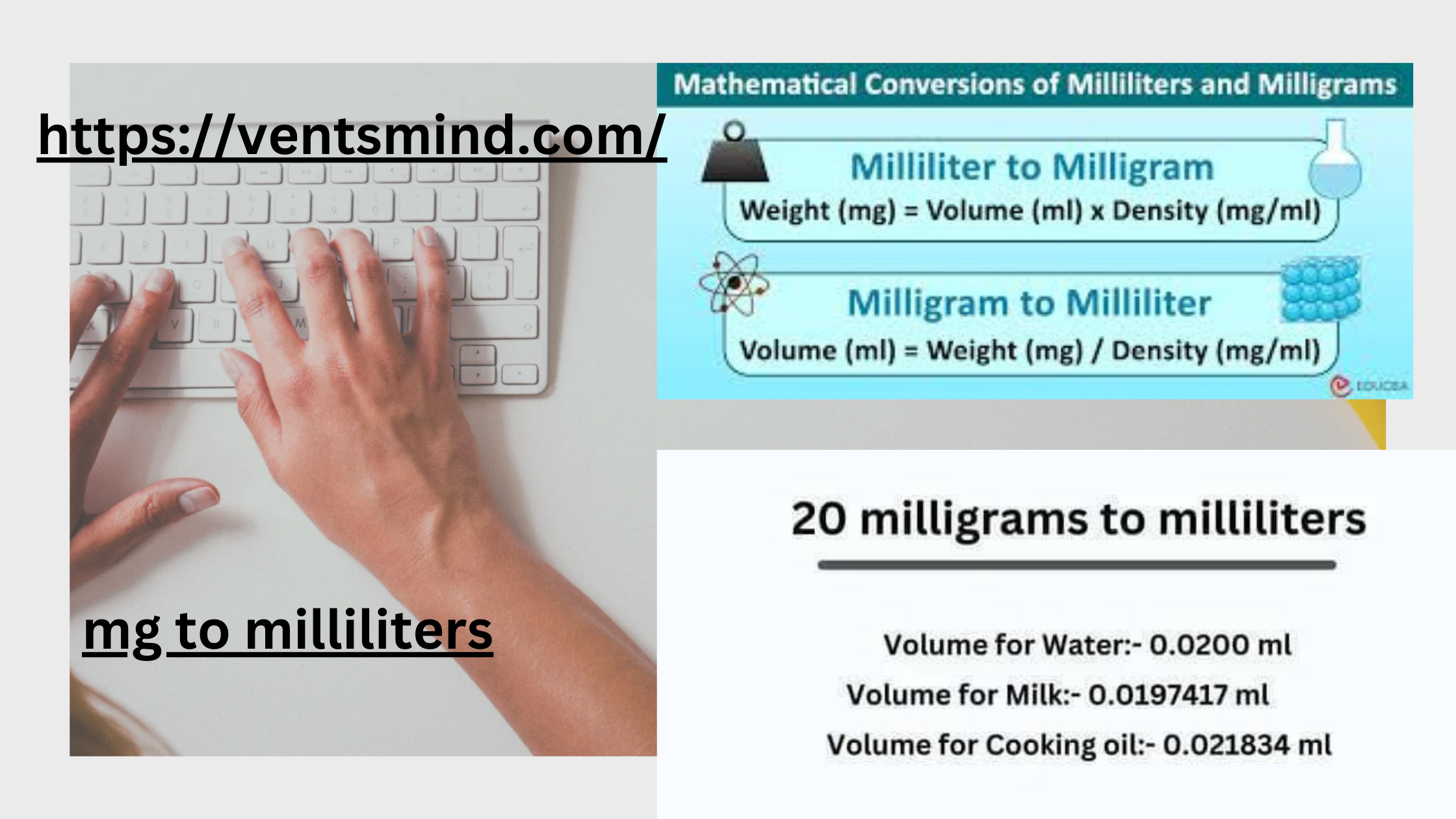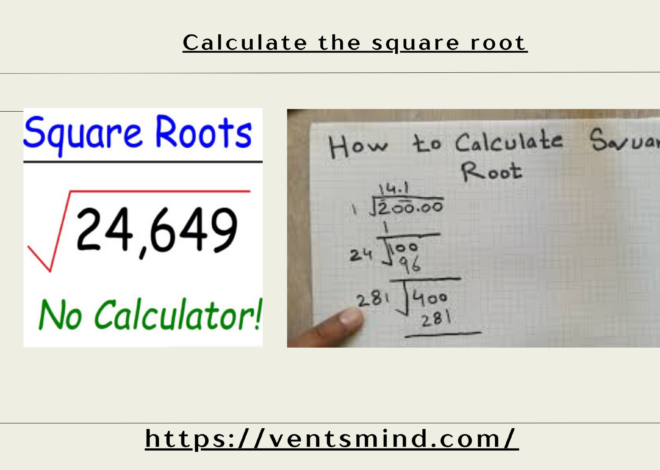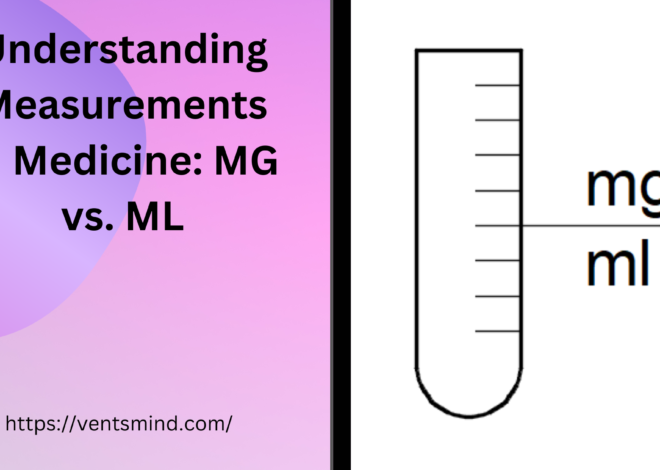
Understanding the Conversion from mg to Milliliters: A Comprehensive Guide 2024
In the realm of measurement, converting between different units is a fundamental skill, especially in fields such as science, medicine, and cooking. One common conversion that many people encounter is between milligrams (mg) and milliliters (mL). Understanding how to convert mg to milliliters can be crucial for accurate dosing, recipe measurements, and more. This article will explore the conversion from mg to milliliters, providing a detailed guide on how to perform this conversion accurately.
What Are Milligrams and Milliliters?
Before diving into the conversion process, it’s important to understand what milligrams and milliliters represent.
- Milligrams (mg): A milligram is a unit of mass in the metric system. It is equal to one thousandth of a gram. This measurement is commonly used for measuring small quantities of substances, such as medications or ingredients in recipes.
- Milliliters (mL): A milliliter is a unit of volume in the metric system. It is equivalent to one thousandth of a liter. Milliliters are often used to measure liquid volumes, such as beverages or medicinal syrups.
Conversion Formula: mg to Milliliters
The conversion from milligrams to milliliters is not straightforward because it involves converting a unit of mass to a unit of volume. To convert mg to milliliters, you need to know the density of the substance you are working with. The density is a measure of how much mass is contained in a given volume and is typically expressed in units like grams per milliliter (g/mL).
The formula to convert mg to milliliters is:
Volume (mL)=Mass (mg)Density (g/mL)×1000\text{Volume (mL)} = \frac{\text{Mass (mg)}}{\text{Density (g/mL)} \times 1000}Volume (mL)=Density (g/mL)×1000Mass (mg)
Here’s a breakdown of the formula:
- Convert milligrams to grams by dividing by 1000 (since 1 g = 1000 mg).
- Divide the mass (in grams) by the density (in g/mL) to get the volume in milliliters.
Example Conversion from mg to Milliliters
Let’s say you need to convert 500 mg of a substance with a density of 1.2 g/mL to milliliters. Here’s how you can do it:
- Convert mg to grams: 500 mg / 1000 = 0.5 g
- Apply the conversion formula: Volume (mL) = 0.5 g / 1.2 g/mL = 0.417 mL
Therefore, 500 mg of a substance with a density of 1.2 g/mL is equivalent to approximately 0.417 mL.
Practical Applications of Converting mg to Milliliters
Understanding how to convert mg to milliliters is particularly useful in various scenarios:
- Medication Dosage: In healthcare, accurate dosage of liquid medications is crucial. For instance, if a medication’s dosage is prescribed in milligrams and the medication is available as a liquid, converting mg to milliliters ensures the correct amount is administered.
- Cooking and Baking: Recipes often list ingredients in milligrams or milliliters. When dealing with ingredients that are measured by mass, such as spices or herbs, converting mg to milliliters can help ensure the correct proportions.
- Scientific Experiments: In laboratories, precise measurements are essential. Scientists often need to convert between mg and milliliters when preparing solutions or measuring substances.
Tools for Converting mg to Milliliters
There are various tools available to simplify the conversion from mg to milliliters:
- Online Conversion Calculators: Several websites offer online calculators for converting mg to milliliters. These tools allow you to input the mass in milligrams and the density of the substance to get the volume in milliliters.
- Conversion Charts: Printable conversion charts can be handy for quick reference. These charts typically include common densities and their corresponding conversions.
- Mobile Apps: Many mobile apps are available that can perform unit conversions, including mg to milliliters. These apps can be useful for on-the-go calculations.
Key Factors to Consider
When converting mg to milliliters, there are a few key factors to keep in mind:
- Density: The density of the substance is crucial for an accurate conversion. Always ensure you have the correct density value, as it can vary between substances.
- Accuracy: For precise measurements, especially in medical or scientific contexts, it’s important to use accurate tools and formulas. Even small errors can lead to significant discrepancies.
- Substance Variability: Different substances have different densities. For example, 1 mg of water does not equal 1 mL of water because the density of water is 1 g/mL. Understanding this variability helps in making correct conversions.
Conclusion
Converting from milligrams to milliliters is a vital skill across various fields, from healthcare to cooking and scientific research. By using the appropriate formula and tools, you can accurately perform this conversion. Remember that the key to a successful conversion lies in knowing the density of the substance you are working with and applying the conversion formula correctly. Whether you’re measuring medication doses, following a recipe, or conducting experiments, understanding how to convert mg to milliliters will help ensure precision and accuracy in your work.
If you frequently work with different substances and need to convert mg to milliliters, consider keeping a conversion chart or using a reliable calculator. This way, you’ll always have the necessary information at your fingertips, making your tasks easier and more accurate.


